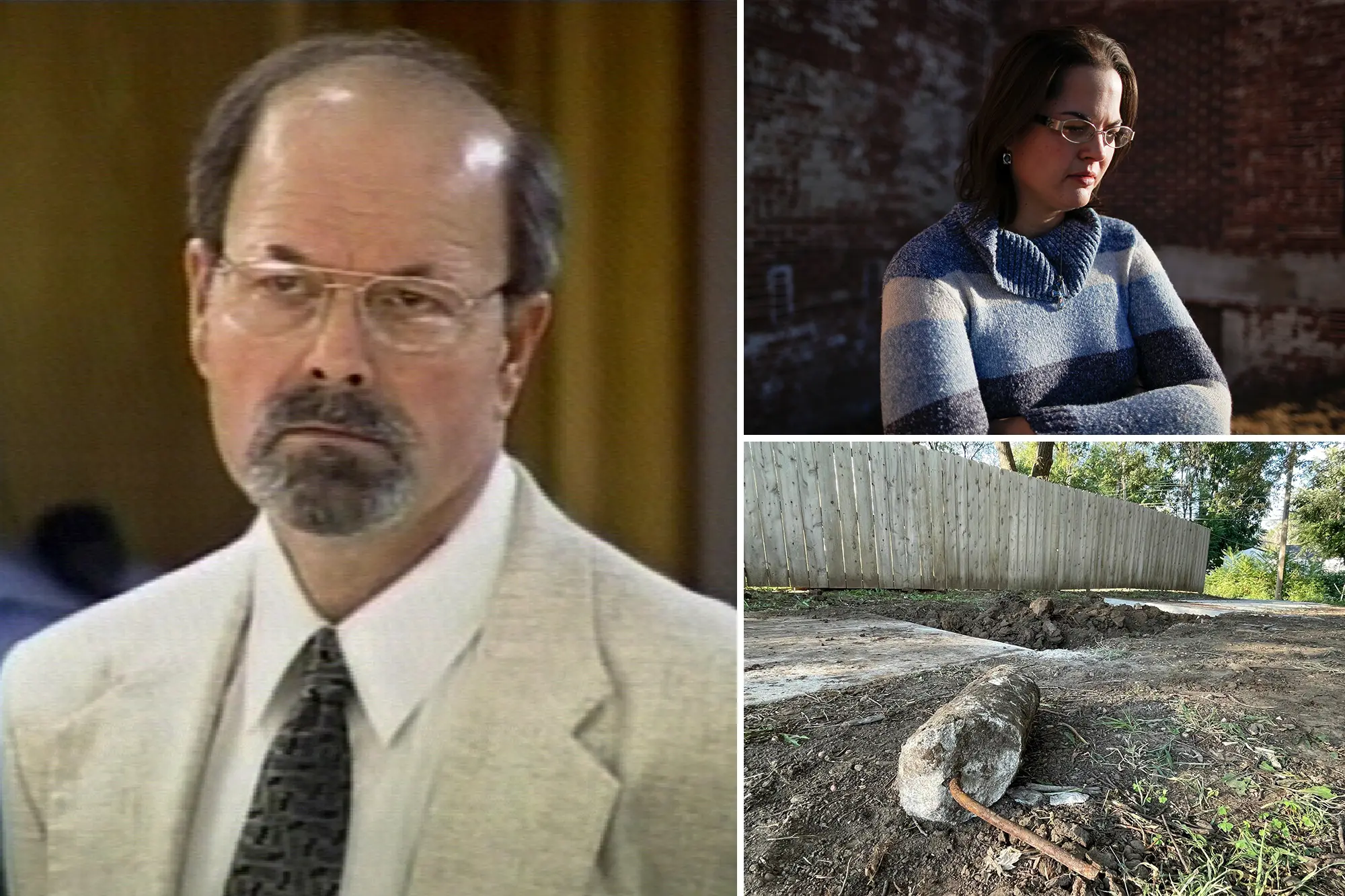
Warning - The content ahead contains graphic depictions of violence, including sexual violence. Reader discretion is strongly advised.
Over nearly two decades, Dennis Rader committed a minimum of 10 murders across the Wichita, Kansas area, adopting the chilling moniker BTK ("Bind, Torture, Kill") in his taunts to both law enforcement and media. Despite his brazen provocations, authorities struggled to identify him. No one suspected Rader, neither his peers, family, nor the very police force he was mocking.
Rader's ability to evade capture reflected his meticulous approach to avoiding detection. He cultivated a respectable image as a Boy Scout leader and church leader, providing him with convenient alibis. His methodical planning involved weeks of preparation, including reconnaissance of victims' homes and disabling security systems, skills honed during his previous employment with ADT Security.
Yet, despite his efforts to cover his tracks, Rader's downfall came with a trove of incriminating evidence: numerous Polaroid photographs depicting his victims and crime scenes, accompanied by extensive confessional notes. Shockingly, some photos were taken long after the murders, suggesting he revisited burial sites to photograph decomposing corpses.
Instead of safeguarding these damning materials in a single location, Rader dispersed them across multiple sites, his home, workplace, and church. Rader's methodical approach to documenting his crimes not only serves as chilling evidence of his depravity but also sheds light on the meticulous nature of his psychopathy.
Understanding The Psychological Drive Behind Preserving Evidence
Park Dietz, a clinical professor of psychiatry and biobehavioral sciences at the University of California, Los Angeles, reveals that Dennis Rader is not an anomaly in preserving evidence of his crimes, despite the inherent risks. According to Dietz, a significant percentage of serial sexual offenders, estimated at "50 to 75 percent," engage in this behavior. However, Dietz emphasizes that the motive behind preserving such evidence goes beyond mere arousal.
Dietz argues that viewing these photographs solely as tools for future arousal oversimplifies the situation. He suggests that the behavior is better understood as the offender's desire to immortalize their control and domination over the victim. For the offender, possessing the victim and all aspects of their experience, including fear, suffering, and the perpetrator's own power and pleasure, is central to their psychological drive.
Rader's case exemplifies this desire for control. Beyond the physical manifestations of his control impulse, such as tying up victims and subjecting them to prolonged strangulations, Rader also harbored fantasies of controlling his victims even in the afterlife. In his twisted vision of heaven, he envisioned his victims serving him as slaves for eternity.
This analysis sheds light on the complex motivations driving individuals like Rader to commit and document their heinous crimes, revealing a disturbing quest for power and dominance over their victims, both in life and beyond.
The Method Of Documenting Dennis Rader's Crimes
Former district attorney Nola Foulston, who handled Dennis Rader's case, reveals the extensive documentation he maintained of his crimes, which went beyond mere snapshots. Foulston describes Rader's disturbing collection of women's undergarments, along with photographs of himself dressed in their clothing, showcasing his fixation on his victims.
Additionally, Sgt. Tom Lee's testimony details a particularly disturbing incident where Rader sexually assaulted and killed his neighbor Marine Hedge, then photographed her body in his church. This behavior aligns with Park Dietz's theory of Rader's need for control. Dietz suggests that Rader's documentation served as a substitute for owning a physical space filled with victims, allowing him to exert control over their memory without the logistical challenges of maintaining such a space.
Rader's documentation extended to planned but incomplete murders, with investigators discovering numerous notes and photographs attached to "little white cards" in his possession. Foulston recalls finding her own name among Rader's collection, indicating the extent of his obsession with his potential victims.
The collection of victim paraphernalia extended beyond human victims to include items such as dog collars, reflecting Rader's twisted lifestyle. Notably, Rader's fantasies also included his own victimhood, as evidenced by photographs where he dressed as his victims or simulated their experiences, suggesting a complex interplay of sadistic and masochistic impulses.
Overall, Rader's meticulous documentation of his crimes provides insight into the disturbing depths of his psyche, revealing a profound obsession with control, power, and the perpetuation of his twisted fantasies.
The Capture Of Rader - Unveiling How He Was Finally Apprehended
Despite common assumptions, many unapprehended serial killers cease their criminal activities as they age, potentially evading discovery until their death. Dennis Rader, also known as the BTK Killer, could have easily continued his crimes without detection. His last confirmed murder occurred in 1991, and it wasn't until 2005, following a decade of silence, that he was finally apprehended.
Rader's downfall came when he initiated renewed communication with the police and media, a move that ultimately led to his capture. He sent a computer floppy disk to authorities, unaware that it could be digitally traced back to his church. Subsequent DNA testing on Rader's daughter provided the crucial evidence needed for his arrest. During interrogation, Rader confessed to his crimes.
Former district attorney Nola Foulston reflects on Rader's capture, stating that he likely would have remained at large if he hadn't made the mistake of drawing attention to himself. Indeed, it was Rader's own actions that ultimately led to his downfall, exposing the dark secrets he had managed to keep hidden for years.
See Also: